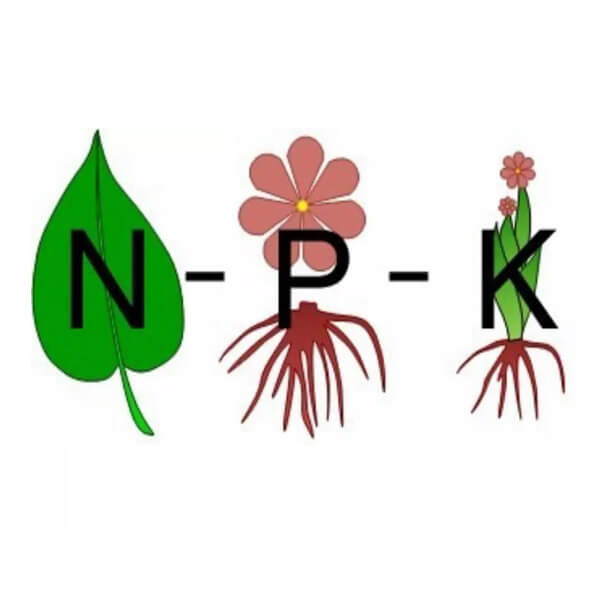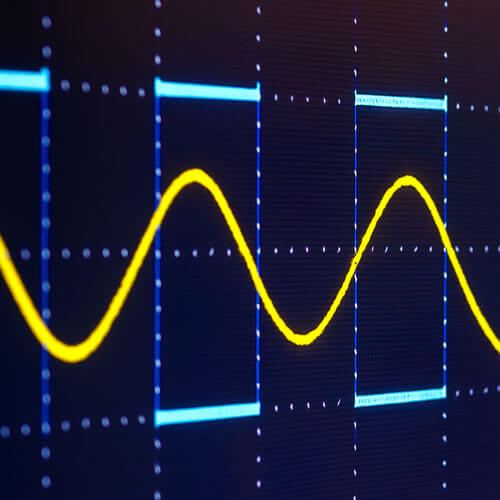Soil nutrients are the basis for plant growth. Just like human beings eat, they obtain various nutrients for the body’s growth and development through the intake of meat and protein. Plants also need to absorb various nutrients from the soil. Among them, soil nitrogen, phosphorus, and potassium are the most important nutrient elements. They are the nutrients that plants require the most and take the most away at harvest, but they are rarely returned to the soil in the form of roots. Therefore, these nutrients need to be supplemented by artificial fertilization.
What is soil NPK?
Just as sugar, fat, and protein are the three major nutrients for humans and animals. Soil nitrogen, phosphorus, and potassium are the three major nutrients required for plant production. Therefore, reasonable nitrogen, phosphorus and potassium elements can make your garden lively.
N (Nitrogen)

In soil npk, N stands for nitrogen. It is the most abundant element in the air, and most of the nitrogen exists in the air in elemental form. However, nitrogen in the air cannot be directly absorbed by plants. We need to add organic matter to the soil so that nitrogen can penetrate into the soil and be absorbed by plants. Nitrogen is a component of chlorophyll and is closely related to photosynthesis. It is responsible for the growth of plant leaves. When the plant lacks nitrogen, the growth of the plant slows down, the rhizome is short, the leaves are yellow and small. The long-term lack of nitrogen can also cause the leaves to fall off early. When growing green plants and vegetables, it is usually necessary to regularly supplement nitrogen.
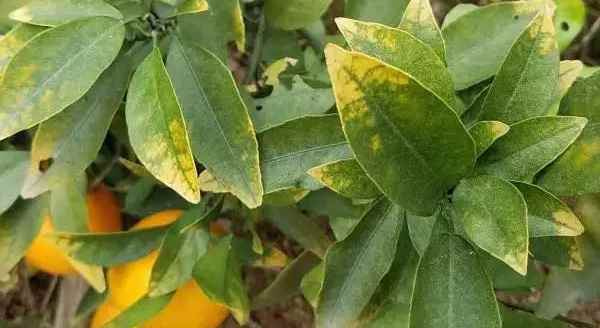
Plants lacking nitrogen
Of course, it is not good to over-supplement soil nitrogen. A large amount of nitrogen often causes plant cells to grow too large, leaves become soft, and are easily attacked by pathogens. Too much nitrogen also consumes a lot of carbohydrates, which will affect the growth of plants.
P (Phosphorus)

In soil npk, P stands for phosphorus. Phosphorus can improve the ability of plants to adapt to external environmental conditions and help plants withstand severe cold winters. During the growth period, phosphorus is mainly concentrated in the shoots and root tips, so we can see that the plant has a clear top advantage. During the reproductive period, phosphorus will be transferred to the seeds or fruits. If the plant lacks phosphorus, the phosphorus in the body will be preferentially supplied to the growth center, so there will be symptoms of lack of phosphorus in the old leaves at this time.
The lack of phosphorus perform in plants may be:
- Plants grow slowly and grow small
- The plant has few leaves and branches
- Purplish red at the base of the stem and leaf
- The fruit of the plant is easy to fall off
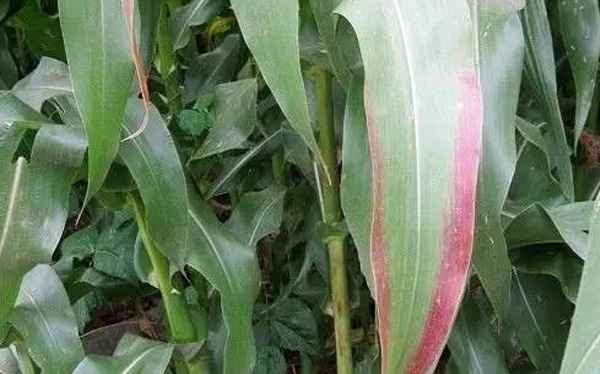
Plants lacking phosphorus
The natural phosphate fertilizers commonly found in nature are sea bird droppings from the sea, some fish bones, and some seafood shells. It is best to supplement phosphorus to plants. These seafood shells can be gathered and dried. Process it into powder and sprinkle it on the roots of the plant. Therefore, if you want fruit trees to produce larger fruits or bloom larger flowers, you need to properly supplement the soil phosphorus. This process should pay attention to the appropriate amount, because if you add too much phosphorus, the plant will experience premature aging, increase the number of ineffective leaves, and cannot absorb zinc, iron, and manganese. Thereby affecting plant growth.
K (Potassium)
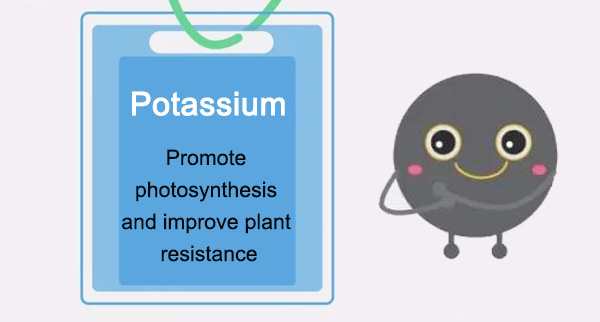
In soil npk, K stands for potassium. Potassium is absorbed by plant roots in the form of K+ and exists in plants in the same form. The nutritional effects of potassium on plants are manifold. Potassium is an element necessary for many chemical reactions in plants. It helps plants absorb and balance other elements, regulate the circulation of water and air. Potassium can also help plants produce and store starch, sugar, oil and protein, and enhance their drought and disease resistance. Adding potassium fertilizer in the later stage of plant growth can make the fruit bigger and the color better.
The lack of potassium perform in plants may be:
- Yellowing of leaf tips and leaf edges
- Plants have low drought and cold resistance
- Plants get sick easily
- Plant stems are weak, easy to fall, and easy to break
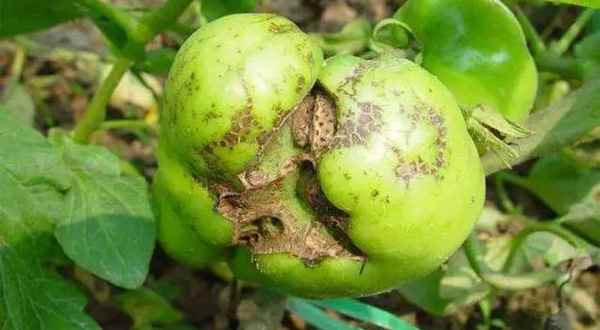
Plants lacking potassium
The most common natural potash fertilizer is the ashes after burning plants, which is a very high-quality potash fertilizer. It can be sprinkled directly around the roots of the plant, or the ashes can be added to appropriate water, stirred and left, and the supernatant liquid can be used for foliar spraying. Everything has two sides. Excessive application of potassium will reduce the absorption of calcium and other cations. Plants are prone to rot and disease, and it will also weaken the production capacity of crops.
Why need to measure soil NPK?
The most common reason for monitoring soil nitrogen, phosphorus and potassium content is to measure the availability of plant nutrients in the soil. So as to carry out scientific fertilization. We all know that plants need a certain level of these soil nutrients, and a reliable way to understand the composition of the soil is to conduct a soil test.
According to the measurement results, the nutrient elements required by the plants are supplemented in a targeted manner. What elements are missing in the plants will be supplemented, and as much as they are lacking, a balanced supply of various nutrients will be achieved. So that the crops can reach high yields and the flowers in the garden are more beautiful.
How to test soil NPK?
Every piece of land we can find any kind of NPK element. The problem is that we cannot find a piece of soil that can always be in the best condition for plant growth. Many factors affect our soil health, from weather to physical geography. As a gardener, you need to know the nutrients in the soil in time and supplement the missing nutrients for the plants in time. At this time, the soil NPK detectors can help you.
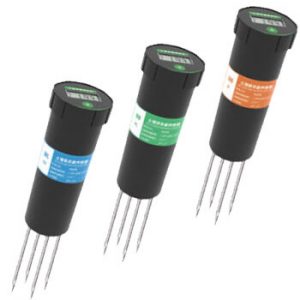
The soil npk tester is a small soil nutrient tester that can be carried with you. You only need to insert the probe into the measured soil and start the tester to directly display the current soil nitrogen, phosphorus and potassium content. Convenient and practical, it is very suitable for gardeners to manage the soil in the garden. With the help of tools for the scientific management of soil, you deserve it.
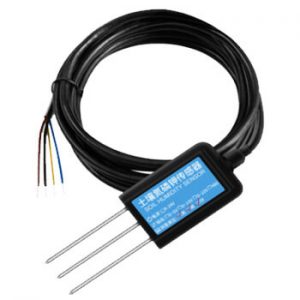
This soil npk sensor has a high degree of protection, which can reach IP68. Able to work in harsh environments for a long time. Buried in the soil for a long time can also be waterproof and corrosion-resistant. Farmers who own a large area of farmland or manor can use this sensor to monitor soil NPK. Insert or bury several soil NPK sensors at each point of the field, and upload the data of each point to a free cloud platform through the 485 signal to achieve centralized monitoring. Even if you are traveling, you can view real-time data remotely through your computer or mobile phone. And arrange the staff near the manor to add nutrients to the soil in time.
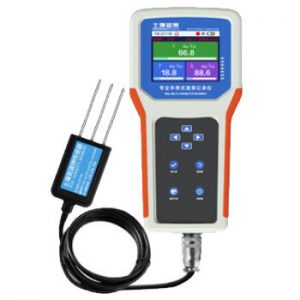
This soil analyzer is a tool that directly displays the measurement data of the soil NPK sensor. If you want to avoid the trouble of wiring and do not need to monitor the soil condition in real-time, this handheld soil analyzer is a good choice. Moreover, in addition to the soil NPK sensor, the soil temperature and humidity sensor and the soil pH sensor can also be connected at the same time. Up to four soil sensors can be connected at the same time. It is convenient for you to manage more soil elements.
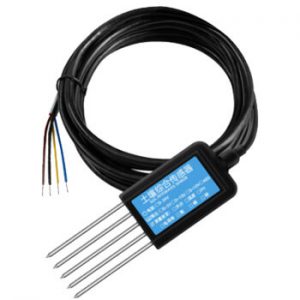
What if your farm not only wants to monitor the soil NPK in real-time, but also wants to monitor the soil temperature, moisture, and pH value at the same time? Then this 7 in 1 soil sensor can fulfill your needs. Its five probes can simultaneously measure soil temperature, humidity, pH, nitrogen, phosphorus, potassium, and electrical conductivity. The price is also very cheap and it is worth buying.

